Laser Sintering – Another Way To Print
WHAT IS SELECTIVE LASER SINTERING?
We haven’t talked much about Selective Laser Sintering at 3D Printing UK. It’s had a couple of mentions but, to be honest, it hasn’t really been on our radar. The reason for that is simply that the printers have always been very expensive, to the point where only fairly large businesses can afford them.
That’s slowly changing, though, and the price of SLS hardware has fallen to where small businesses can realistically consider getting a machine; now it’s bumping the top of what a well-off hobbyist might want to pay. Inevitably the cost is going to keep dropping. It’s unlikely to get down to where Fused Deposition printers are, because a heated nozzle is always going to be cheaper than a laser powerful enough to fuse plastic or metal, but we think in a few years an SLS printer will be a realistic alternative to a mid-range FDM setup.
SLS printers work by rolling a thin layer of powder – usually plastic, or sometimes metal – onto the print bed. A laser then fuses the area of the layer that will form part of the completed print. When it’s finished the print bed is lowered slightly, a new layer of powder is spread and rolled, and the process repeats until the print is finished.
There are some real advantages to SLS printing. Because the print bed is lowered into is always full of powder there are no support problems. Prints are also stronger than FDM ones, with little to no risk of separating layers. It’s easy to print multiple parts at the same time, as long as they can all be arranged to fit inside the build volume without touching. On the downside, you can’t print hollow objects – if powder is in an internal void, it’s staying there.
Not Cheap, But Getting There…
So SLS is a very interesting technology, but it’s definitely still an expensive one. Most of us won’t be considering laser sintering in the next couple of years. Having said that, a couple of years ago SLS printers cost as much as a brand-new luxury car; now you can get one for the price of a used hatchback. The cheapest one on the market is also the only one that’s available as a kit. This is the Sintratec Kit, which its makers reckon will take you about four days to put together, and it costs €4,999, or about £4,500. It’s an interesting-looking device and Sintratec is Swiss-based, so it should be a high-quality one too, but it does have a relatively small 110x110x110 print volume.
Still (just) in the four-figure price range, there are a few ready-built options available. At $12,000, or £9,100, there’s the Natural Robotics VIT. This has a 250x250x250 print volume, making it much more suitable for printing multiple parts, and it’s also one of the faster ones on the market – its print speed is 20mm a second, close to double that of most rivals. The Formlabs Fuse 1 can print objects up to 165x165x320mm and costs $9,999, or £7,600; it’s slower, but great if you want taller objects.
These prices are still pretty eye-watering – and we doubt anyone’s going to let us have one to play with any time soon – but they are falling. Give it another two years and we expect to see this technology at the sub-£2,000 mark, which will make laser sintering a lot more accessible, and it’s already a realistic option for a small business. Like everything else in 3D printing it’s becoming more mainstream fast, and that’s just the way we like it.

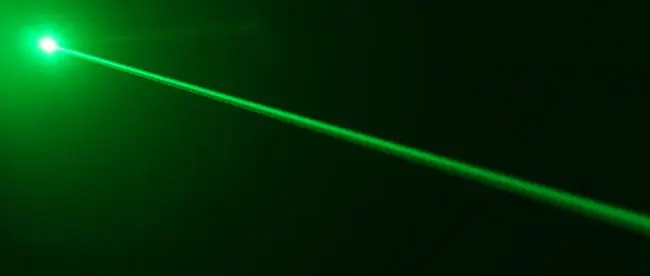
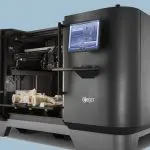
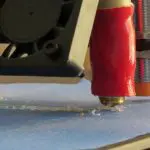

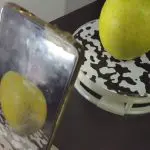
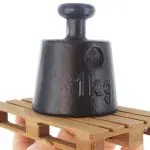
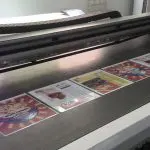
Leave a comment
You must be logged in to post a comment.